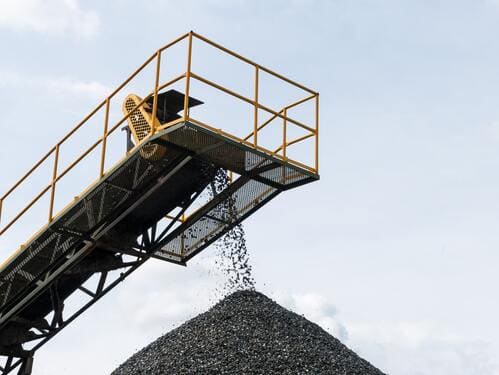Thanks to the fiber optic sensors, a number of fields and industries have found new approaches in safety and production processes. As a part of fiber optic technology, fiber Bragg grating sensors have proved to be an effective technique of monitoring and security insurance.
Fiber Optic Sensing Applications in Underground Mining
Underground extraction of the minerals continues to be a high-risk industry. This industry has become highly dangerous because of the permanent presence of difficult challenges. Such factors as dynamic changes, hidden defaults and seismic tremors can lead to disastrous consequences.
Due to the advancement of fiber optic technology, there is an opportunity of constant monitoring with the help of fiber optic sensing systems. Fiber Bragg grating (FBG) sensing has already demonstrated its abilities in other directions like for monitoring of the dams and bridges. For mining, the deployment of FBG sensors has become possible because of the properties they have such as high and long-term sustainability and high resistance to electromagnetic events.
This article presents the most common applications of the fiber Bragg grating (FBG) sensing in the coal industry.
Fiber Optic Sensors for Structural Safety of the Mines
Distributed sensing can be called a crucial component in the structural health monitoring of the underground mines. Previously, devices for the structural health construction monitoring couldn’t allow watching the data 24/7, and thus, respond quickly in such environmental conditions. However, today’s fiber optic monitoring systems make all this possible.
Due to the fiber Bragg grating sensors’ qualities, like reliability, they are able to constantly track the extractive activities. Moreover, thanks to their high level of sensitivity, there is a possibility to detect the slight modifications in equipment functioning and prevent severe damages at an early stage. So, fiber optic sensors are fit for mine structural monitoring as a proactive damage detection system and as one of the accident prevention strategies.
Therefore, fiber Bragg grating (FBG) sensing is able to ensure the necessary level of safety in mines. It provides the estimation of the mines’ present environment when FBG sensors collect and transmit the data remotely.
Fiber Optic Sensing for Coal Dressing Chamber Bottom Plate
Apart from safety monitoring of the roof activity, there is an opportunity to monitor changes in the coal dressing chamber bottom plate with the fiber optic monitoring systems. However such monitoring has a range of aspects that should be taken into account.
- Firstly, huge equipment occupies most of part of the chamber. During the coal production it produces vibrations that may influence the stability of the mine country rock. This fact should be considered while installing fiber optic technology.
- Secondly, monitoring systems should be immune to electronic interference. That is a great benefit of the fiber optic sensing, especially for the chamber, where electromagnetic interference phenomenon is strong.
- Thirdly, the system shouldn’t interfere with the operation of the equipment.
- Fourthly, due to the constant production around the coal separation chamber it is complicated to get accurate information.
Nowadays, fiber Bragg grating sensors can not always be applied for monitoring of the coal dressing chamber bottom plate. Still, there are some challenges that specialists can face. The lack of space, chances of inaccurate data and other difficulties can make fiber optic sensors’ setup harder or even impossible. As well as wet environments, FBG sensors are often applied in heavy environmental conditions, and specialists got used to developing such projects.
Microseismic Monitoring System as Part of the Fiber Optic Technology
Microseismic monitoring technology is an important instrument designed to prevent any dangerous accidents with the help of seismic assessment and alert about any changes.
Fiber optic sensing has also been successfully applied as a microseismic monitoring system for coal mines. The sensors were suggested to use because of their significant advantages such as large dynamic range, high sensitivity, etc.
Due to the conducted experiments, fiber Bragg grating sensors were installed in the tunnels. During the field projects they have proved to be effective by providing all the data about dynamic activities in the mine accurately. Such level of accuracy is possible due to the fact that the microseismic data are tracked over the full length of the installed fiber optic cable. The interrogation system collects the data, provides the seismic interrogation and transfers the received data. It allows improving the dynamic range and installing more fiber optic sensors. Both these factors increase the positioning accuracy of seismic events.
All in all, monitoring with fiber optic sensors in combination with the automatic processing of data can bring major benefits to identification of any changes, malfunction of mine operation and damage prevention.
Optromix is a fast-growing vendor of fiber Bragg grating (FBG) product line such as fiber Bragg grating sensors, for example, fbg strain sensors, FBG interrogators and multiplexers, Distributed Acoustic Sensing (DAS) systems, Distributed Temperature Sensing (DTS) systems. The company creates and supplies a broad variety of fiber optic solutions for monitoring worldwide. If you are interested in structural health monitoring systems and want to learn more, please contact us at info@optromix.com

